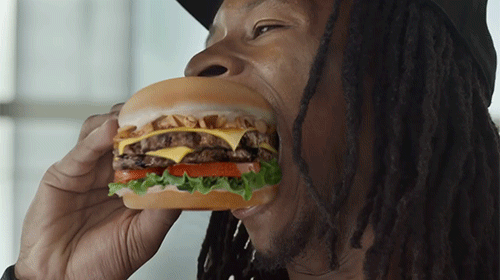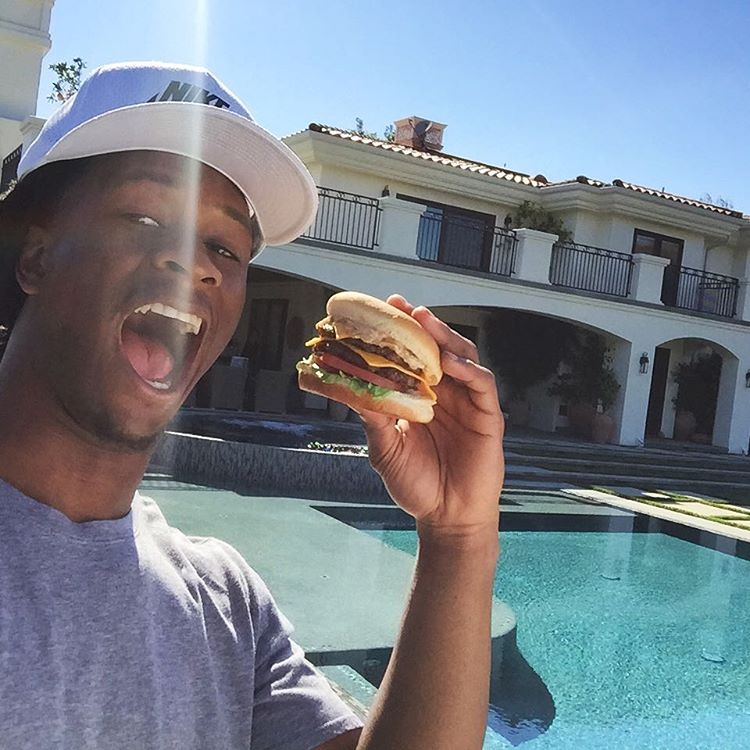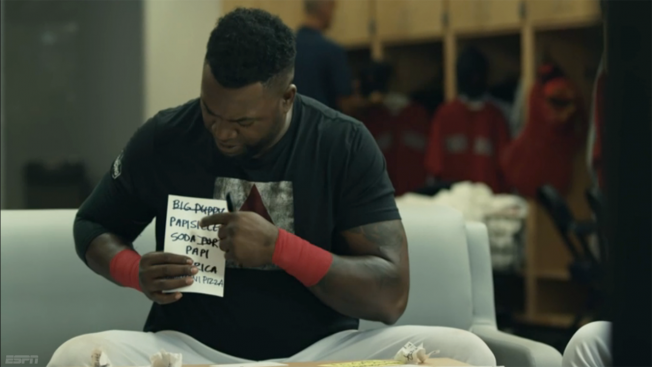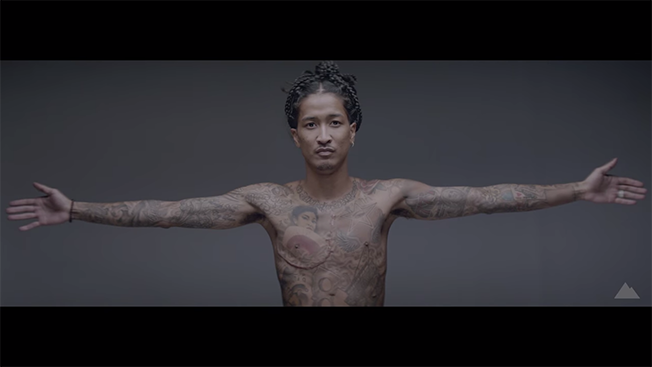
In a world where the average consumers' attention span is now shorter than a 10-second Snapchat video, the best digital ideas these days are "dead simple and clear," according to Matt Murphy, partner and executive creative director at 72andSunny.
To put that statement to the test, Murphy will spearhead the Interactive Advertising Bureau's judging panel of 32 ad executives—which also includes DigitasLBi's chief content officer Scott Donaton and Airbnb's CMO Jonathan Mildenhall—as jury chair for the trade organization's MIXX Awards this year, which recognizes the industry's best digital work. To qualify, work must have run between April 1, 2015 and March 31, 2016, and an awards show will take place at the IAB MIXX conference during Advertising Week in September.
Adweek talked with Murphy about what makes great digital creative, why VR and Snapchat are top priorities on his radar and how emojis are sparking big, cultural ideas for marketers.
Adweek: What are you looking for in this year's entries?
Matt Murphy: I boil it down to three things: Simplicity, purpose and fun.
Everyone is so ADD these days—their necks are craned on their phones, they're not paying attention to anybody—and I was reading this stat that said that the average attention span of a goldfish is nine seconds, and the average attention span of a human being is eight seconds. That was a fun, holy shit moment; although we beat goldfish at life expectancy, we really suck at focusing and paying attention.
When you think of that mentality, great ideas have to be so dead simple and clear.
And then the add-on to that is when I use the word, "purpose." Ideas in this day and age that are really great somehow add meaning or value to someone's life. It's not gratuitous anymore, there's something more to it. No one wants to be disrupted [or] reminded of ad-like messaging. But if you give them something that adds value, purpose or meaning, I think people will take time and open up to that idea.
One thing that I think is really important when we look at the work this year is [asking,] 'How does it reflect back on this year in culture?' These days, there's a lot of ideas about making the world a better place—equality and using technology to create more opportunities for people. I love that work is getting so thoughtful and meaningful for the greater collective.
Is that different from work you would have seen a year before?
Last year the Ice Bucket Challenge was awarded 'Best in Show' with the IAB and in many other award shows. The simplicity of that effort and the groundswell of people wanting to participate in that to join a bigger cause—you can't deny how people feel in this day and age and wanting to be connected to something greater.
Is creative keeping up with data and targeting in digital?
Savvy marketers can use data in a really meaningful way to allow creativity to be even more impactful.
Everything is measurable, but there is a lot of data that can lead to great creative output. It's hard to say if [marketers] are keeping up with creative—I really think the smart ones use data to allow them to be more brave in their creativity.
What types of digital ads are you most excited about right now?
You cannot ignore VR right now. It's the uncharted sandbox that everyone wants to play in because it's so immersive.
The challenge is, what do you do in that space that doesn't feel gratuitous? No one really understands how to use storytelling to mass effect just yet, but everyone is open and trying to be the best in class and break new ground there.
And then, have you ever heard of Snapchat? There's someone here who won the Snapchat Shorts at Tribeca Film Festival. In talking to him, he opened my eyes to the power of Snapchat stories, but nobody's really crushing it yet in terms of telling really meaningful stories. The smart money is trying to figure out who is going to get there first and how well they can do it.
As a creative, how do you plan which platforms to create content for?
It comes back to answering, 'Why? What is it that you are trying to do?' How people behave on Snapchat is so inherently different from a VR experience.
Snapchat is still a very social, sharing-oriented [app]—it's very disposable. Your mindset is that you're going to riffle through it, you don't treat it like a precious moment in time versus a VR experience, [which] is something you have to settle in. Through investing time, you're going to get something out of it, but it's very singular.
Is that more of a challenge than it was a year or two ago?
Every good brand should have a clear North Star and a clear mission on who they are and why they exist. If you don't know why you're there and what you want to achieve, then potentially it's not the right thing to do.
Brands have been having this similar challenge for the past decade. The only change is that there's newer platforms and things are moving faster, but your strategic use of them needs to be so dialed [in]. If you get stuck in the clutter, then it's going to result in a fail.
I think it's interesting that something as simple as an emoji is now a huge idea. When you listen to the story about why that's a powerful idea and it's coming from something in culture that people actually ask for, then it doesn't become random—it actually becomes super strategic and intentful—that's modern marketing.
What do you think we'll be talking about next year when looking at 2016's work?
Something that we don't talk about enough is how work actually is successful. This comes down to execution—what did you set out to do and how innovative of an approach was it?

















 72andSunny worked for the city in a very direct way this year by designing the Los Angeles 2024 Olympic Bid Committee's official logo and website. It also collaborated with locals like Kobe Bryant, Will Ferrell, Jessica Alba and Mayor Eric Garcetti to make a film promoting L.A. as a potential host city for the 2024 Summer Games. And, in a more charitable development, the shop made a short film highlighting the efforts of architect Frank Gehry and nonprofit River LA to turn the river that flows through the city into a reliable water source and public space.
72andSunny worked for the city in a very direct way this year by designing the Los Angeles 2024 Olympic Bid Committee's official logo and website. It also collaborated with locals like Kobe Bryant, Will Ferrell, Jessica Alba and Mayor Eric Garcetti to make a film promoting L.A. as a potential host city for the 2024 Summer Games. And, in a more charitable development, the shop made a short film highlighting the efforts of architect Frank Gehry and nonprofit River LA to turn the river that flows through the city into a reliable water source and public space.





